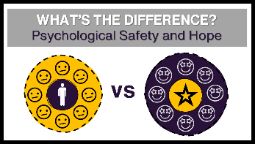
From Psychological Safety to Psychological Hope: Taking a Leap Beyond the “Comfort zone”
(6 min read)

Darcia Narváez is a distinguished psychologist and researcher known for her significant contributions to moral psychology and education. In our interview, we examine Darcia's neo-Kohlbergian approach that shifts from Kohlberg's universal rights-based morality, based on cognitive development, to a view of moral development as a continuous, relational, and context-dependent process. Her model defines levels of development using moral schemata and emphasizing the intricate relationship between personality, identity, and character for moral sensitivity, reasoning, identity, and action. We also delve into her triune ethics metatheory, which highlights the influence of three distinct neurobiological systems on ethical behavior, and her research on "evolved nests". Thereafter, we discuss the pivotal role of education and the significance of schools and teachers in shaping moral development. Darcia's practical work emphasizes fundamental human needs that underpin ethical growth, focussing on connection with nature, self-directed play, nurturing and healing practices, trust, community imagination, and embodied morality. Join us for an enlightening conversation on how moral psychology can foster a more just and compassionate world, and perhaps a newfound appreciation for that tree on your next journey home!
Jump to
Why is the interview important? Who are we talking to?

Darcia Narvaez
We were compelled to interview Darcia for three significant reasons, each rooted in the key themes of her research and publications.
Firstly, her work on Larry Kohlberg's stage model of moral development was of particular interest. Darcia introduces the concept of moral schemata, moving away from Kohlberg's rigid linear stages to a more fluid, context-dependent, and socially influenced developmental process. In her framework, she associates moral development with moral identity and distinguishes a "conventional" level of development characterized by conformity to social norms, where moral judgments are based on societal expectations, rules, and the approval of others. Postconventional thinking, on the other hand, relies on autonomous moral thinking and personal conscience, challenging societal conventions perceived as unjust. She suggests that specific patterns of conceptual interpretation and action become "chronic" as individuals progress morally. While her perspective offers a highly compelling and more integrated view of moral development, we were concerned of the potential risks of relativism and the loss of Kohlberg's strong philosophical foundation, especially in his (contested) levels 5 and 6, where moral reasoning is based on Social Contract, Individual Rights and Universal Ethical Principles. We also sought to explore her measures for moral development, such as the Defining Issues Tests and Intermediate Concepts Measure (ICM), and, of course, to resolve the classic "Heinz dilemma" (see below)!
Secondly, Darcia's extensive fieldwork in moral education piqued our interest. She developed a comprehensive skills framework for teaching morality in schools, as part of Minnesota's Community Voices and Character Education Project. We recognized the potential linkage between her delineation of moral development levels and Dreyfuss's recent expansion of his renowned skills acquisition framework to encompass practical wisdom. We aimed to gain a better understanding of how she selected and defined skills and skill levels, with an eye toward leveraging her insights for our own work in leadership development. Here our exploration directly links to our discussions on virtue literacy with Scott Parsons. Additionally, we had reviewed the research on Kohlberg's Just Community schools and sought insights from Darcia's work to inform our evolving model for the moral develompent of governance, processes and structures within organisations.
Lastly, Darcia's research on neurobiology and the exploration of embodied morality was intriguing for us. By examining the intricate connections between brain function, evolutionary development, and moral behavior, she offers a fresh perspective on how our biology influences our capacity for compassion and ethical decision-making. Her emphasis on a biosocial ecology of development, early attachment and the "evolved nest", as well as the roles of our bodies, emotions, and social connections in shaping our moral character, also connects with our exploration of psychodynamics and the importance of holding environments, identity workspaces and containment, as discussed with Simon Western and Gianpiero Petriglieri. Moreover, her work on individual and communal imagination and the concept of a transpersonal transrationality offers a compelling extension of Aristotelian "ergon" and links to our discussions about relational ontology and purpose, for example with Gert Biesta, and about the common good, for example with Alejo Sison. One challenge we intended to explore was the potential risk of environmental determinism in her suggestions of direct linkages between behavioral patterns acquired in early childhood and, for example, political behavior in adults.
Darcia Narváez is a highly regarded psychologist and researcher recognized for her significant contributions in developmental psychology, moral psychology, and indigenous psychology. She holds the title of Professor Emerita of Psychology at the University of Notre Dame, Indiana, US and serves as the President of Kindred World while hosting EvolvedNest.org. Narváez's academic journey began with a B.A. in Music and Spanish from the University of Northern Colorado, followed by a Master of Divinity from Luther Northwestern Seminary in 1984, and a Ph.D. in Educational Psychology from the University of Minnesota.
She is an active member of numerous prestigious professional organizations, including the American Association for the Advancement of Science (AAAS), the Association for Psychological Science (APS), the American Educational Research Association (AERA), and the American Psychological Association (APA), among others. Her extensive academic career has included fellowships and roles at esteemed institutions, such as the Institute for Educational Initiatives at the University of Notre Dame, Faculty Affiliate at the Program for Interdisciplinary Educational Research (ND PIER), and Faculty Affiliate at the Aretai Center on Virtues in Genoa, among other affiliations.
Narváez's impactful body of work includes several important books and publications, including "Neurobiology and the Development of Human Morality," "Embodied Morality," "Handbook of Moral and Character Education," "Personality, Identity, and Character," and "The Evolved Nest." Her research articles have significantly advanced the fields of moral psychology, developmental psychology, and education. She has received numerous accolades, including being recognized as a Fellow of the American Association for the Advancement of Science in 2021 and receiving the Expanded Reason Award in 2017 for her book "Neurobiology and the Development of Human Morality." Narváez has played active editorial roles in various academic journals, served as the Editor of the Journal of Moral Education, and contributed to many other editorial boards.
Outside of academia, Darcia Narváez is deeply committed to community service, participating in advisory boards for organizations like Applied Mindfulness, Your Whole Baby, and ULEAD. She has also been actively involved in the St. Joseph County Breastfeeding Coalition and various boards and advisory groups dedicated to child well-being, moral development, and environmental justice. Narváez's media presence is substantial, with her insights on morality, parenting, human development, and Indigenous wisdom featured in renowned outlets such as the Wall Street Journal, New York Times, National Public Radio, and more. Her significant influence is underscored by her recognition as one of the top 2% of scientists worldwide in a recent analysis of 8 million scientists.
Critical concepts for this session
A Resource Kit to launch your explorations
Selected published works
Live video recording and podcasts
Explanations, artefacts and references from the interview

KEY INSIGHTS FROM THE INTERVIEW FOR OUR INQUIRY
Here you can find the most memorable insights from our interview, related to our three inquiry questions. Simply select from the drop down menu on the right -->
Share the most popular quotes with your social media connections: just click + save picture + post!






Unleash your curiosity and discover new insights
Further explorations about moral psychology and moral development
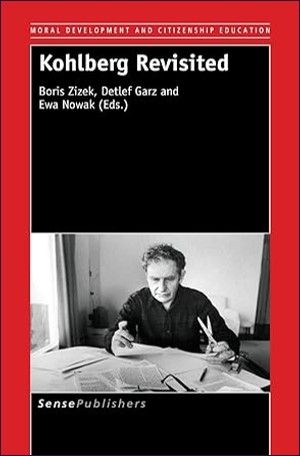
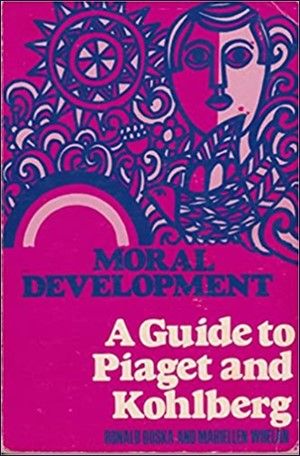
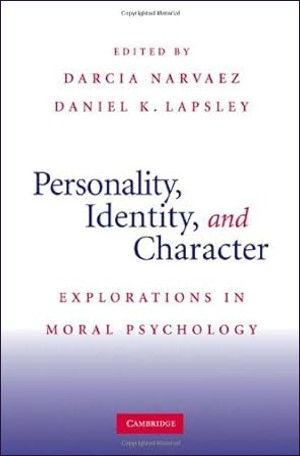
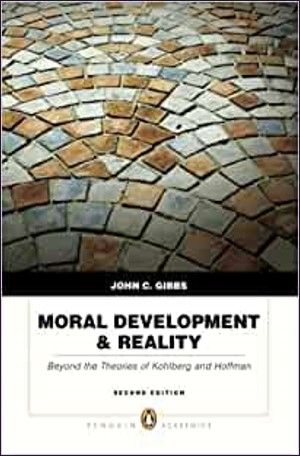
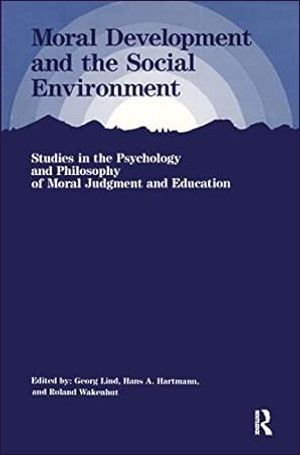
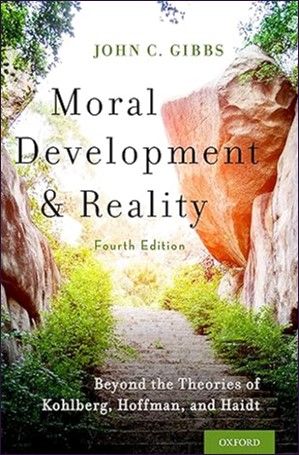
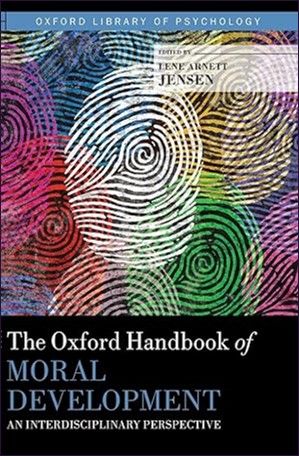
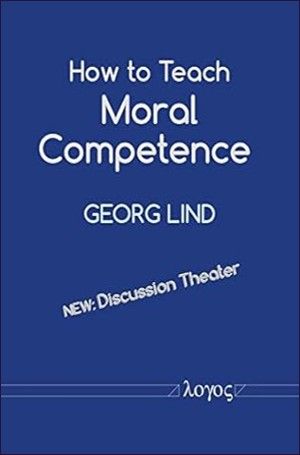
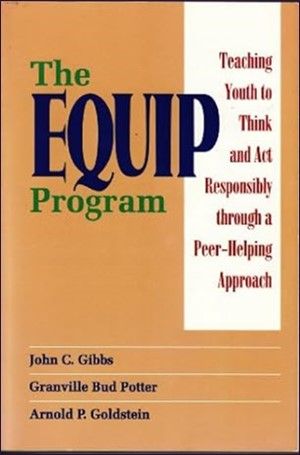
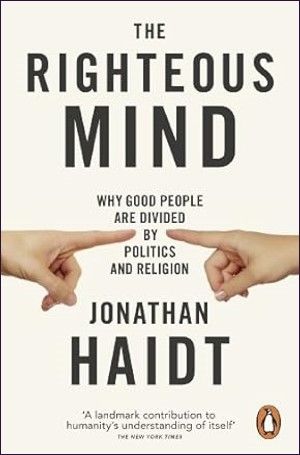
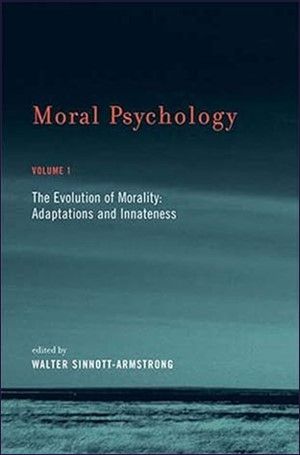
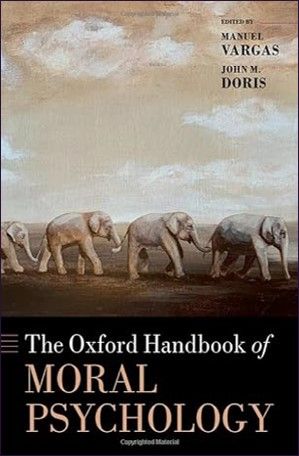
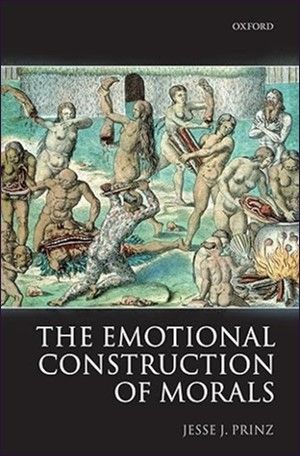
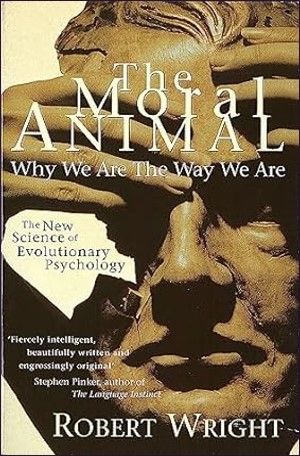

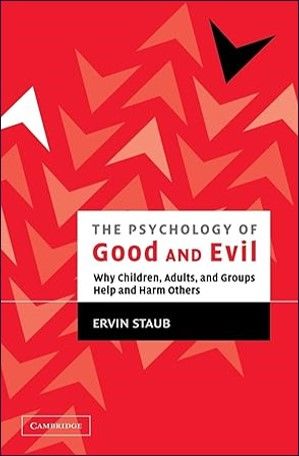
Related blog posts

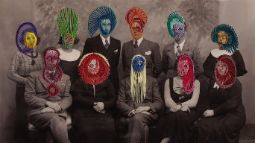
Explore all the popular interviews in this section